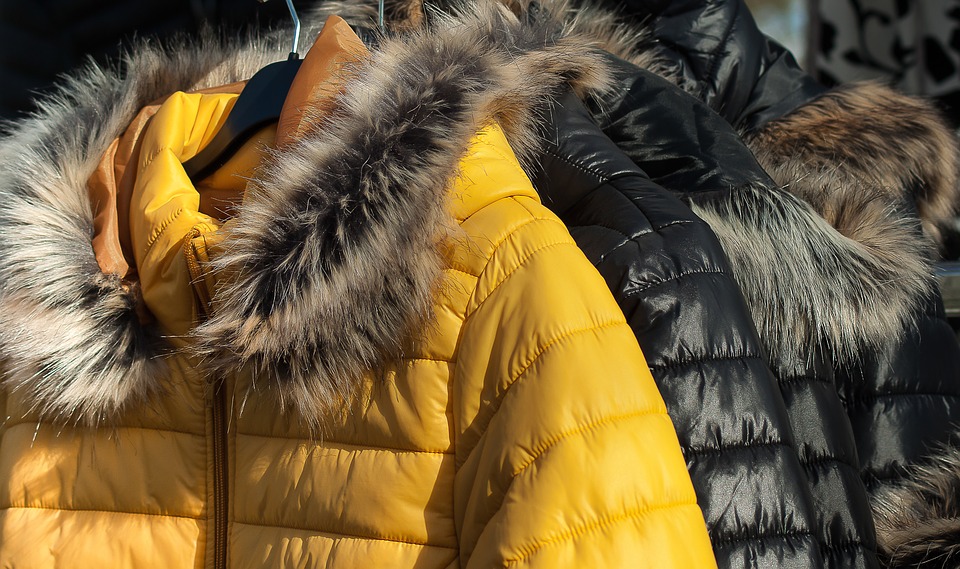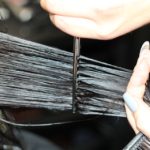How to Choose a Winter Jacket
Winter is fast approaching. As such, you must ensure that your outerwear can insulate you from the cold appropriately. Here is a comprehensive overview of winter jackets, as well as some suggestions that will help you save money.
Understand the Layers You’ll Need (Besides a Jacket)
If you don’t layer, you will end up in a huge and heavy parka that integrates insulation and a weatherproof shell all wrapped into a costly piece of clothing that limits your movement and is not entirely up to the task. You need to dress in layers if you’re going to wear a jacket.
In case you are shopping for something to keep the New York or Chicago cold at bay, as well as something that will let you strip down to your normal clothing without much hassle, then a huge Canada Goose-type jacket may be an excellent fit for you. You can purchase it from Triple FAT Goose to get the most out of a small amount of money as far as performance, looks, and quality are concerned.
To help jog your mind, the work of the base layer is not only wicking moisture but also holding a thin layer of air inside to ensure that your skin is insulated from the cold outside. Add a mid layer on top of the base layer. This next layer helps in trapping extra volumes of air to give you extra warmth. On top of both layers, you can wear a shell, which helps in keeping the rain and wind out while allowing air to get in and out. As such, the shell protects the inside layers from getting all clammy and wet, especially due to the trapped moisture from your body.
Look for Jackets That Have Down Insulation
At a certain weight, down not only compresses better in comparison to every synthetic insulation out there but it is also lighter than synthetic insulation. Scientists are yet to replicate its chaotic shape. Furthermore, when down is spread out, it attains considerable loft while trapping massive air volumes. In the past, down often lost its loft ability, especially when wet. This triggered the need for synthetic insulation in the market. However, down jackets are more durable.
Consider the Type of Bird, Fill Weight and Fill Power
Not all down jackets are the same. Hence, if the hood of an item that is insulated with down to help you see three differentiators in terms of cost and performance.
Know Where Your Down Comes From
Different qualities of down can be obtained from different types of birds. Nonetheless, the quality depends more on how such birds are cared for, fed, plucked and even processed. Down is mainly fluffy, airy material that rests against a bird ’s skin and helps in providing insulation. To be considered as down, a given product must have 70% of this material.
Look for High Fill Power
Fill power is a measure of the fluffiness or loft of a down-insulated product. The greater the fill power, the more air that a given weight of down can trap. With all the other factors similar, down that has a higher fill power is expected to be more compressible, lighter and warmer.
Choose the Fill Weight that Best Suits Your Needs
Without this, fill power loses its meaning partially. However, fill weight is not as advertised as the other aspects mentioned above. It tells the amount of down in a given jacket. For jackets with a similar fill power, the one with more fill weight can be expected to be less compressible and warmer compared to a jacket with less or lighter fill weight.
Choose the Right Shell Type for You
Consider whether to wear a soft or hard shell over your base and mid layers. You may need both as well as some casual alternatives to wear around town. Hard shells do not allow water to pass through the fabric. The disadvantage of this type of shell is the lack of breathability. On the other hand, soft shells are water resistant but breathable.
Features to Look at when Shopping
When shopping for a winter jacket, you ought to think of a jacket as a complete system. Doing so will help you make the right choice. Here are some of the features to look at:
- Zippers: Look for a jacket with well-built or strong zippers that run seamlessly.
- Cuffs: Since you need gloves for winter, cuffs help you to determine the type as well as how to wear them. Loose cuffs mean that you should wear gloves underneath, whereas tight ones require you to wear gloves on top.
- Adjusters: These help you in loosening your jacket for layering or making it tight around your body.
- Hoods: Hoods are an essential aspect on high-lofts and hard shells.
- Pockets: Pockets ought to be large enough to hold your stuff, keep your palms warm, and allow you to access them while carrying a backpack.
- Fit: Consider whether the jacket you choose fits you. Also, determine whether it suits your body type and if it fits appropriately with your other layers. It should not restrict your movement.
Hopefully, these tips will help you to pick out the perfect jacket.


 Follow
Follow





No Comment